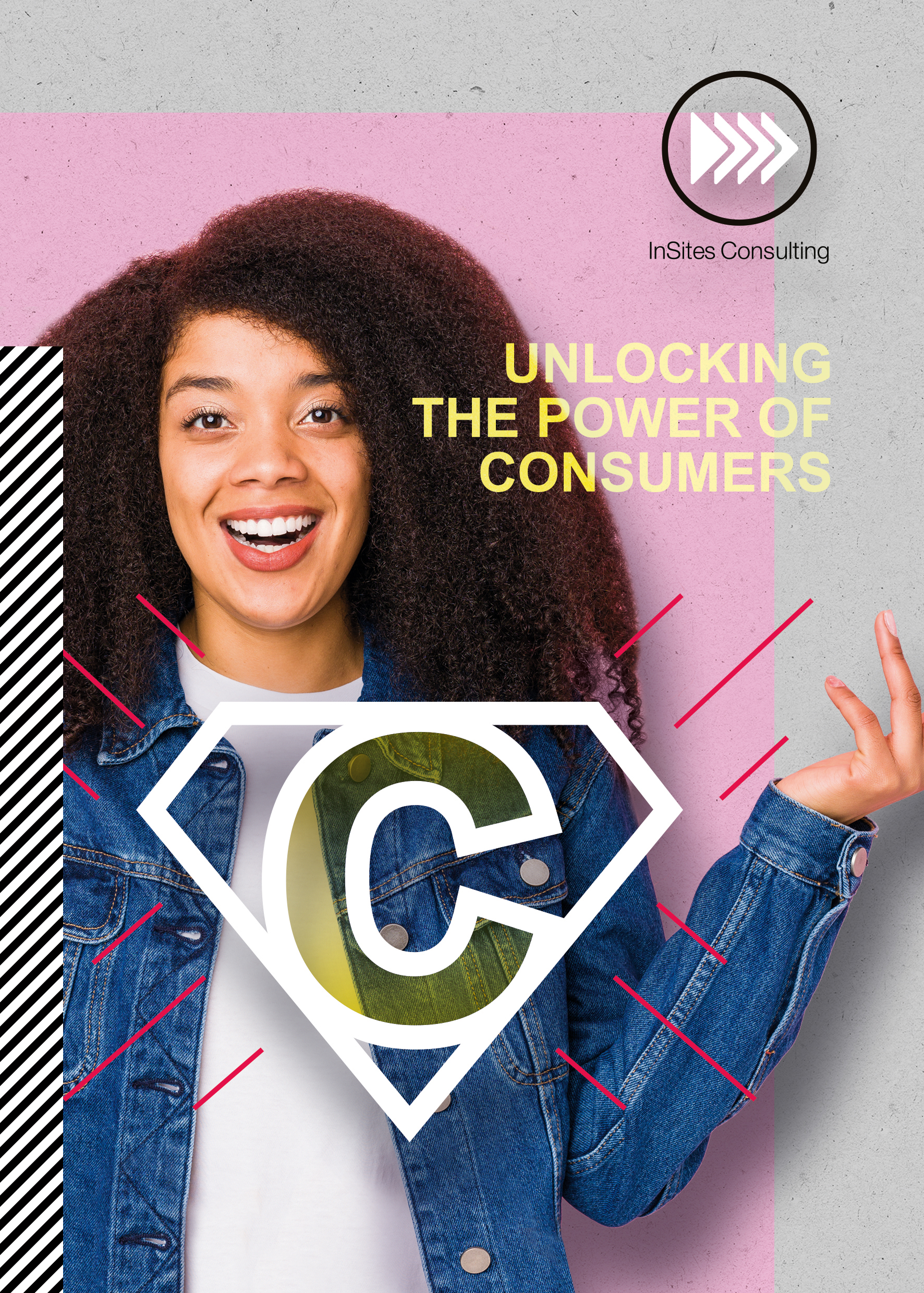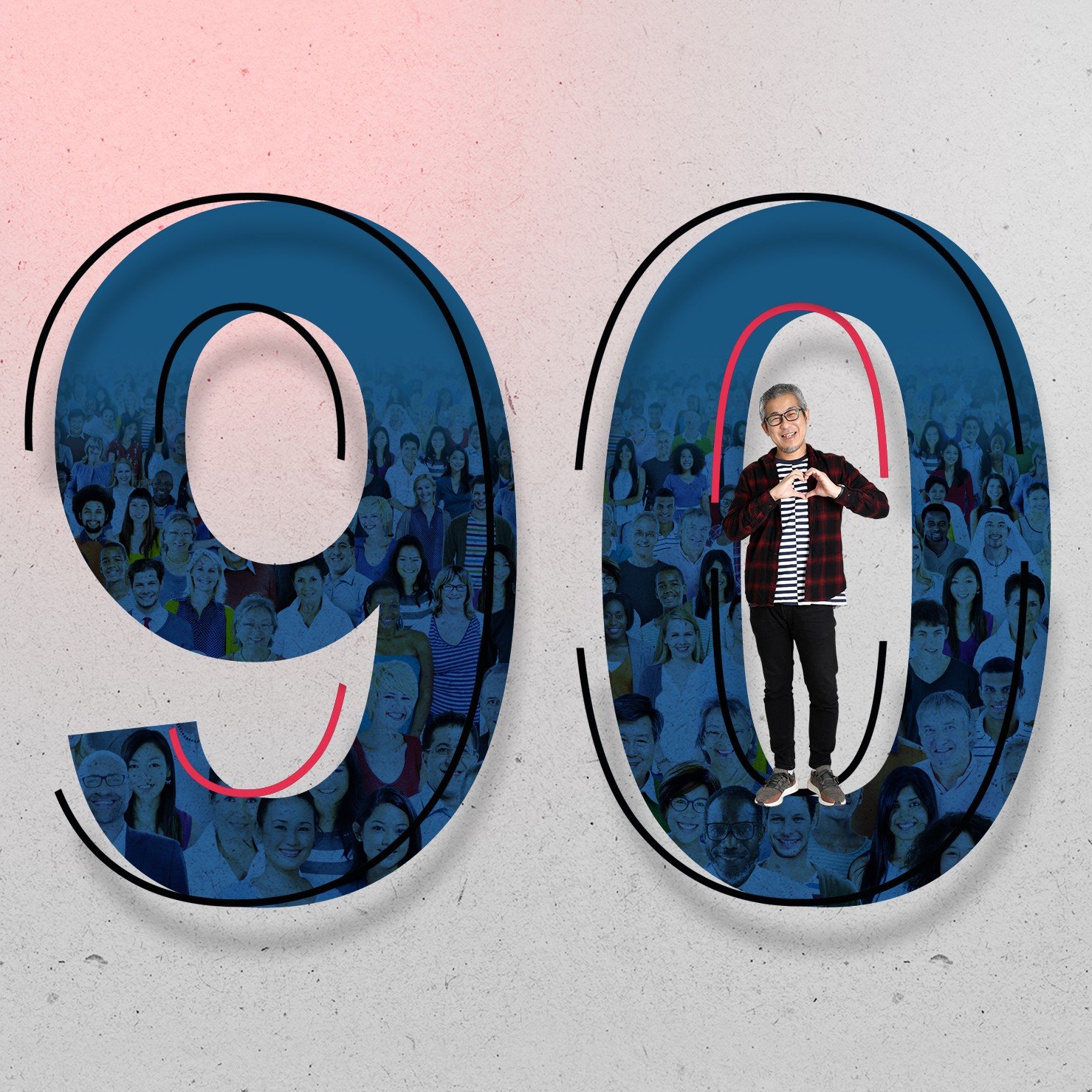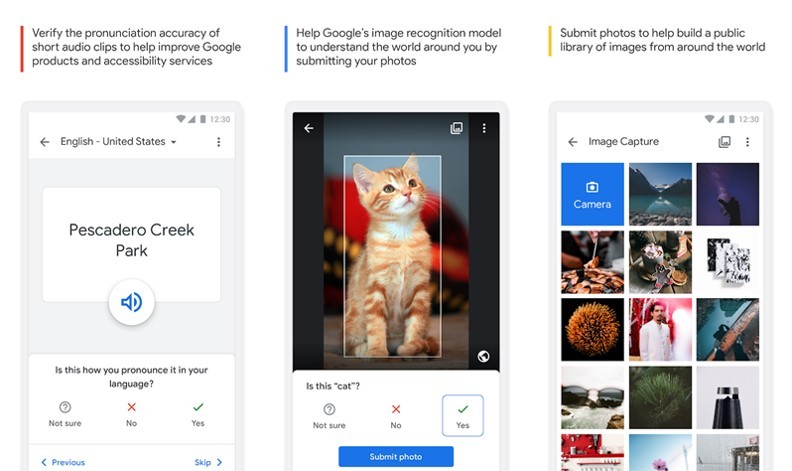
Unlocking the power of consumers
Different people come with a different set of unique skills and competences. Research has shown that out of every 100 people, 90 merely consume content, 9 will like, share or react to what is created, and only 1 will actually create something. And this is no different for consumers.
Request your download







